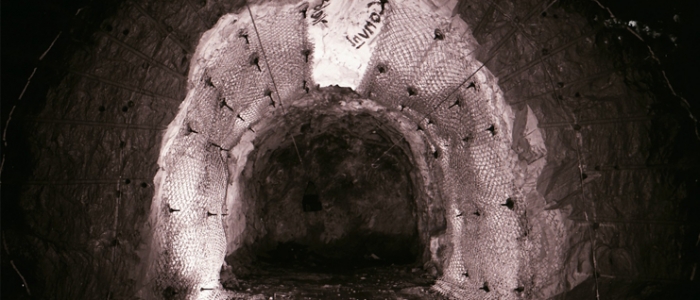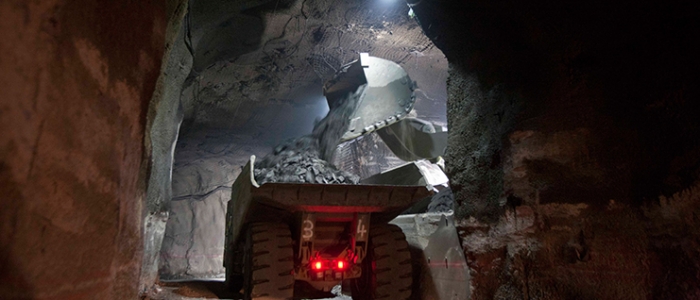In 2013, the ACG commenced an international research project focusing on ground support systems optimisation, with a budget of A$1.8 million funded by industry and the Minerals Research Institute of Western Australia. The project explores methods and options to optimise ground support systems, with the aim to maintain, if not improve, mine safety whilst reducing costs and/or time components.
Traditionally, rockfalls have been the main cause of fatalities in underground hard rock mines worldwide. During 1980 and 1997, Western Australian (WA) mines were no exception to this rule. Lang (1999) reported that up to 45% of all fatalities in WA were caused by rockfalls during this period.
A number of mitigation measures can be applied to reduce the risk of rockfall. Arguably the most effective measures target the reduction in exposure of mine personnel to this risk through the implementation of highly mechanised mining methods. The sustained success of ground support in mitigating rockfalls has provided enormous benefit to the local mining industry, but at a cost. In many Australian mines, ground support is the largest component of both overall development mining costs and time consumed in the development mining cycle.
The project was developed based on extensive consultation with senior rock mechanics engineers from around the world. The first meeting was held at The University of Western Australia in 2012. There was a unanimous view among industry leaders that the first priority was to develop a comprehensive, yet practical, ground support guide. Considering that the last textbook written on the topic, by Hoek et al. (1998), will be over 20 years old by the time this guide is published, an update is well overdue.
The research components of this project include:
1. Probabilistic ground support design.
2. The use of numerical modelling for ground support design.
3. Benchmarking of current ground support design practices.
Probabilistic design offers a unique opportunity to progress from the widely used factor-of-safety approach, to a more sophisticated statistical-based approach. The sub-project on probabilistic design is conducted with the assistance of SRK Consulting (SA) Pty Ltd, South Africa, under the leadership of Associate Professor Johan Wesseloo, ACG.
The so-called conventional design methods, whether they rely on empirical systems or analytical approaches, including limit equilibrium equations, generally offer a poor representation of the complex interaction between ground deformation and reinforcement and the surface support response. Only numerical modelling can handle this level of complexity. The objective of this sub-project is to develop a methodology, based on current existing numerical modelling tools, to design ground support systems. The GSSO project seeks to shed light on the limitation, relevance and accuracy of using various modelling approaches in different contexts and situations. This second sub-project is led by Gordon Sweby, ACG senior research engineer.
The third sub-project involves the collection of data at sponsoring mines and other operations of particular interest to establish the current state-of-practice at mine sites for ground support systems design.
Professors Yves Potvin, Australian Centre for Geomechanics, Australia, and John Hadjigeorgiou, University of Toronto, Canada, are conducting this research. The results from the three sub-projects will feed into the writing of the Guide.
References
Hoek, E, Kaiser, PK and Bawden, WF 1998, Support of Underground Excavations in Rock, A.A. Balkema, Rotterdam, 215 p.
Lang, AM 1999, ‘Geotechnical mining regulations in Western Australia’, in E Villaescusa, CR Windsor & AG Thompson (eds), Rock Support and Reinforcement Practice in Mining: Proceedings of the International Symposium on Ground Support, A.A. Balkema, Rotterdam, pp. 377–386.
A detailed report on research outcome 3 “Benchmarking of current ground support design practices” is featured in an article entitled “Ground Support recommendations for mining drives” in the ACG’s December 2016 Newsletter, pp. 1–3. To view the article online, visit: http://acg.uwa.edu.au/newsletters-annual-reports/




